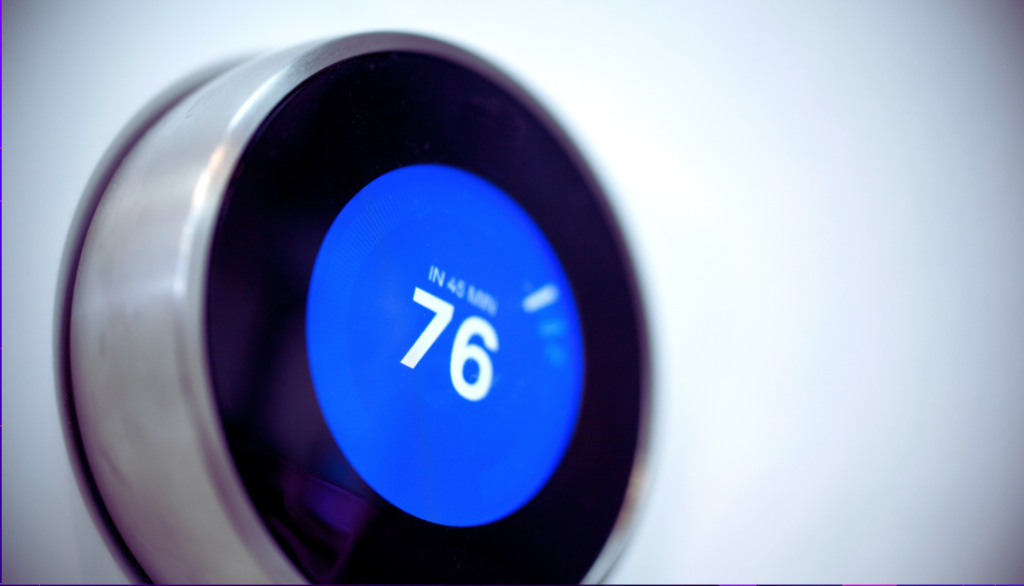Google announced that support for the first- and second-generation Nest Learning Thermostats will end on October 25, marking the conclusion of a lifecycle that began more than a decade ago.
Highlight
In addition to discontinuing software updates, the company confirmed it will no longer introduce new Nest thermostat models in Europe.
The affected devices include the original Nest thermostat launched in 2011, its successor introduced in 2012, and the European version released in 2014.
After October 25, these devices will no longer be controllable via the Nest or Google Home apps. However, basic on-device functions, such as adjusting temperatures and schedules, will remain operational.
In a statement, Google explained that the decision aligns with its focus on advancing newer technologies.
“To fully invest in advancements and bring users the most updated features on the latest generation of Nest thermostats, we will transition away from supporting three of our oldest devices, each over a decade old,” the company stated.
The move reflects a broader shift toward emphasizing newer models that offer expanded features and deeper integration with the Google Home ecosystem.
Extended Support Beyond Initial Commitments
When Nest thermostats were first introduced, Google promised at least five years of support. The first- and second-generation devices, however, have received updates and support for over ten years.
This extended support period highlights Google’s efforts to maintain service for early adopters beyond the original commitment.
Regional Differences in Support and Incentives
Support transitions will vary across regions. In the United States and Canada, Google is offering discounts of $130 and CA$160, respectively, on the fourth-generation Nest Learning Thermostat to encourage upgrades.
In contrast, European customers will not see new Nest thermostat models introduced due to the complexity of regional heating systems. Instead, Google is offering a 50% discount on the Tado Smart Thermostat X as an alternative.
Technical Challenges in European Markets
The decision to pause new Nest thermostat releases in Europe is attributed to the diversity of heating systems across the region.
European homes often require different hardware and software features, such as OpenTherm compatibility and domestic hot water control, which are not standard in North American models.
These variations present challenges in developing a single, standardized product that can effectively serve the European market.
Transitioning Toward Third-Party Solutions
With the phase-out of support for early Nest devices, Google is encouraging users to explore third-party smart thermostats compatible with the Google Home ecosystem.
This strategy reflects a broader effort to create a more flexible smart home environment, allowing users to select from a wider range of devices to meet their specific needs.
Existing thermostats will continue to be available for purchase in Europe while supplies last, but no new models are planned for release in the region.
Google’s approach highlights the ongoing challenges technology companies face when managing aging hardware alongside the need to innovate and adapt to regional market conditions.
For current Nest owners, the development serves as a reminder to monitor device compatibility and support timelines, especially in ecosystems where ongoing updates are critical for security and functionality.


